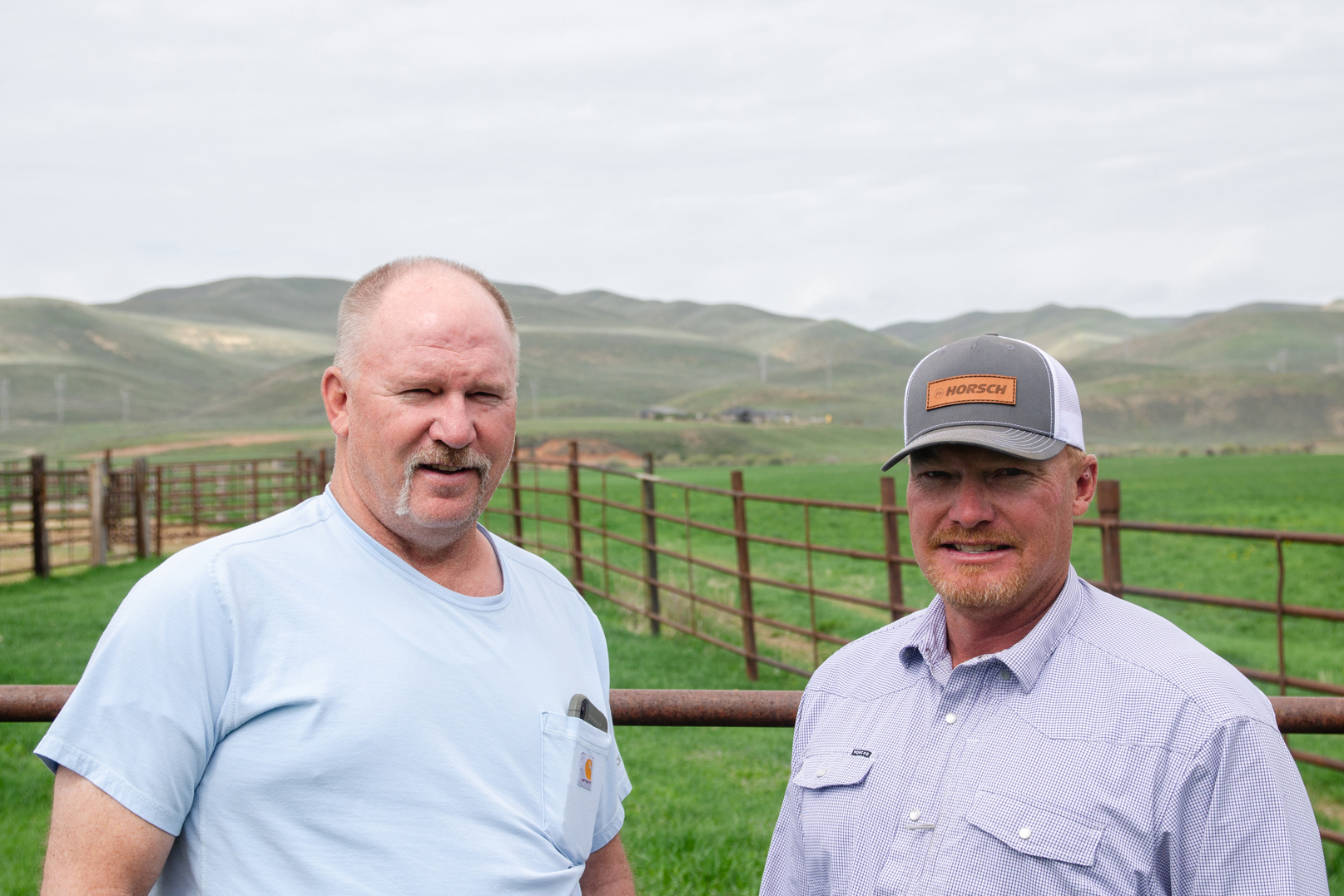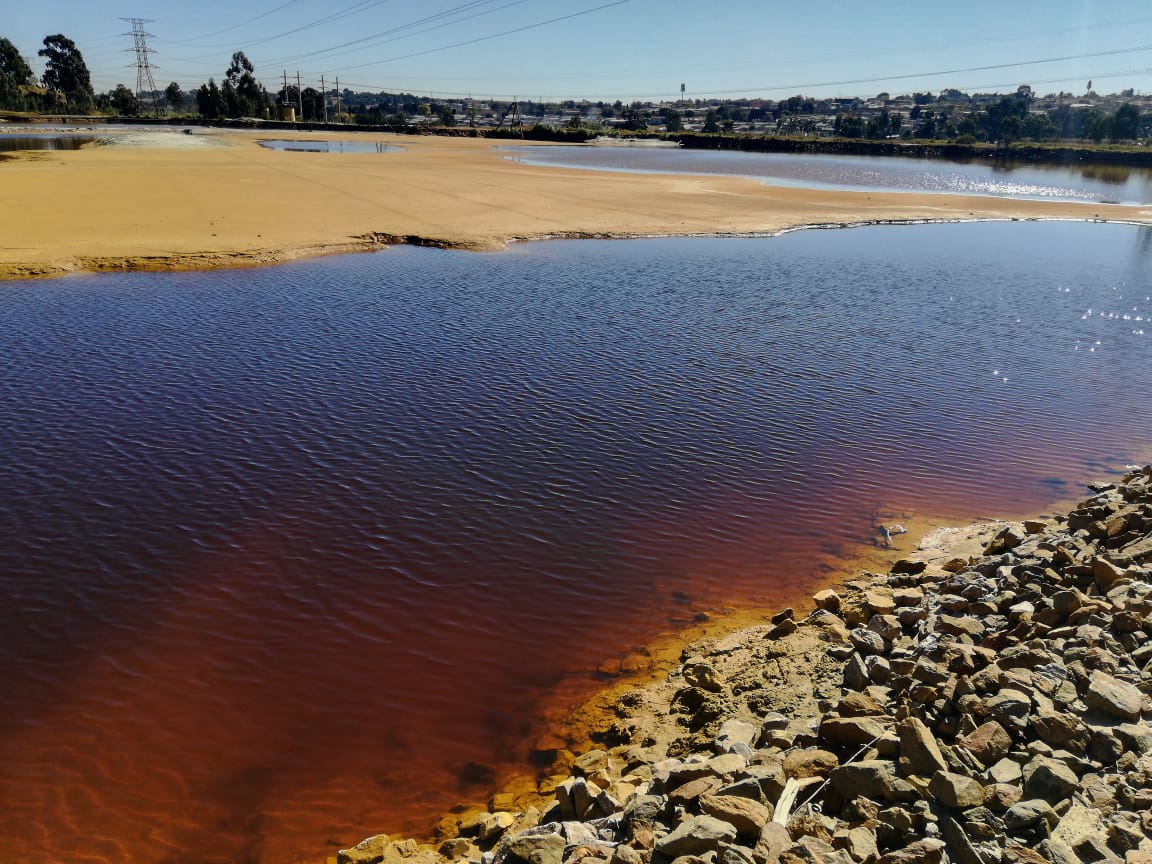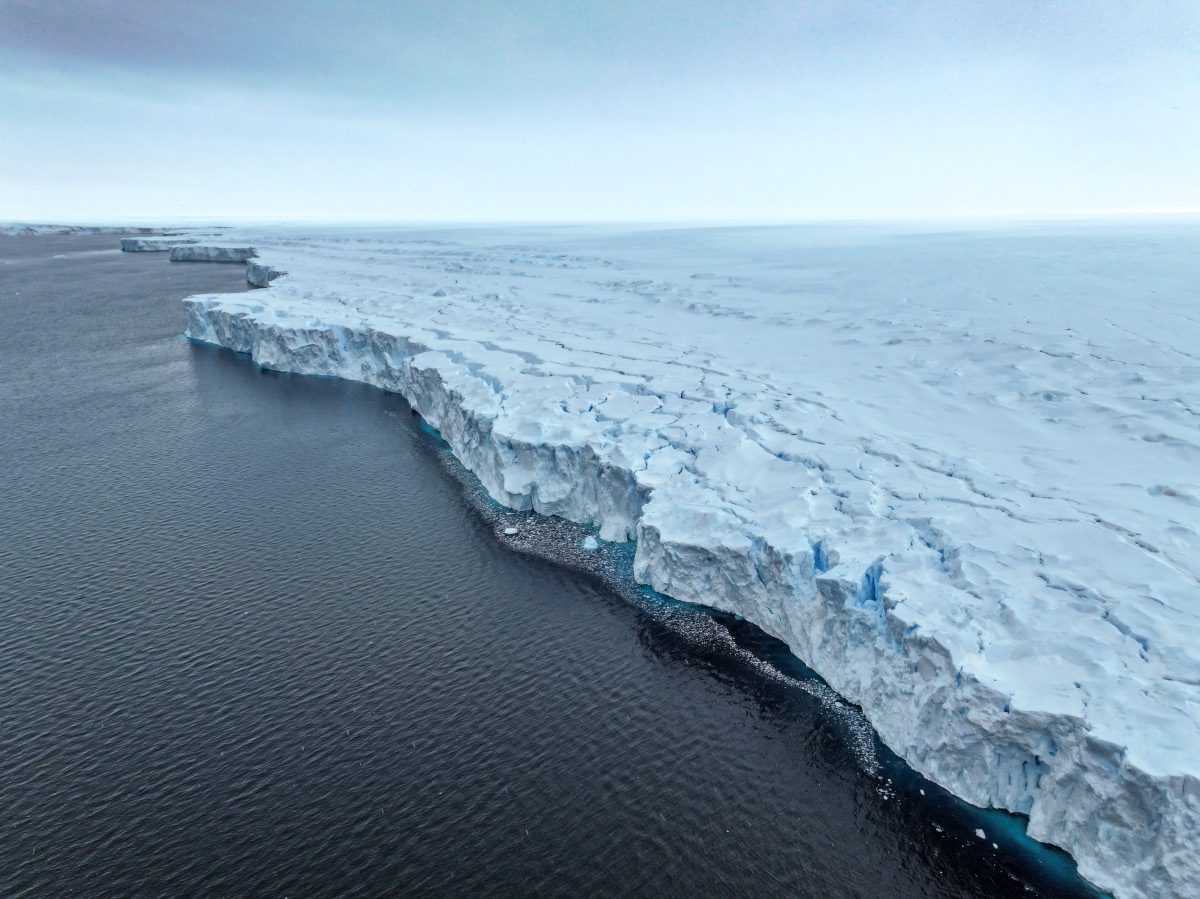Almost 260 fresh water systems across the world, including the Thames in London and Brazilian Amazon, were measured for 61 types of pharmaceutical products.
Led by the University of York, the Global Monitoring of Pharmaceuticals Project has published the findings of the first truly international study into environmental contamination from medicines.
In total, 258 rivers across the globe were included, with each tested for traces of a range of products including carbamazepine, metformin and caffeine. Accounting for more than half of countries in the world, 36 of the rivers had never been measured in this way before.
The damning results pointed to pharmaceutical pollution now being present on every continent, and significant links between a country’s socioeconomic status and fresh water medicinal pollution. Lower-middle income nations are the worst affected, and areas with high median age, high unemployment, and high poverty rates were most significantly impacted.
Troublingly, countries and regions that were found to have the highest traces of pharmaceutical products in rivers had been investigated the least, or not at all, in the past. Specifically, sub-Saharan Africa, South America, and areas in southern Asia measured particularly poorly.
Key causes were also identified, including rubbish dumping close to river banks, poor wastewater infrastructure, and pharmaceutical manufacturing sites being close to water systems. The dumping of contents from residual septic tanks was also on the list.
One quarter of all sites studied were found to have potentially toxic concentrations of contaminants. This was gauged on a base level ‘predicted no adverse effect concentrations’ (PNEC). Rivers found to contain higher concentrations of pharmaceuticals than this are therefore considered to adversely impacting organisms that live there.
‘With 127 collaborators across 86 institutions worldwide, the Global Monitoring of Pharmaceuticals Project is an excellent example of how the global scientific community can come together to tackle large-scale environmental issues,’ said Dr John Wilkinson, from the Department of Environment and Geography, the project’s co-lead.
‘We’ve known for over two decades now that pharmaceuticals make their way into the aquatic environment where they may affect the biology of living organisms… Through our project, our knowledge of the global distribution of pharmaceuticals in the aquatic environment has now been considerably enhanced,’ he continued.
In related news, a 2019 localised investigation into the UK’s Humber river estuary found record traces of painkillers and anti-depressants.
Image credit: Freestocks
















